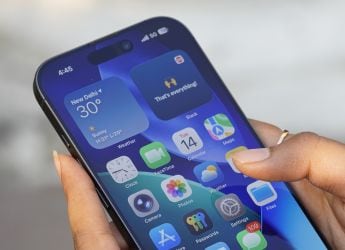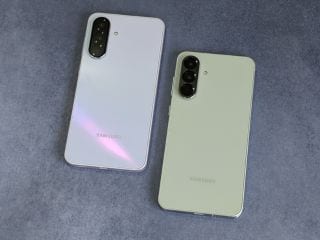- Home
- Social networking
- Social networking News
- New tool predicts which trends will go viral on Twitter
New tool predicts which trends will go viral on Twitter

This may help predict social movements, consumer reactions or possible outbreaks of epidemics, researchers said.
Scientists, including those from the Universidad Autonoma of Madrid, made use of one of the properties of the social networks that can also be observed in Twitter; known as "the friendship paradox": your friends have, on average, more friends than you.
In the case of Twitter, after analysing a sample of data from 40 million users and 15 billion followers in 2009, the
researchers were able to show that each user had an average of 25 followers, who in turn had an average of 422 followers, that is, almost twenty times as many.
"This means that a person's followers have a role in a social network that makes them very relevant when it comes to spreading or receiving information," Manuel Garcia Herranz, of the Computer Engineering Department at the Universidad said.
Researchers randomly selected a group of users and took some of their followers as the sensor group. They found that those "sensor-friends" play a more important role than what was previously believed, because they receive information long before the previously chosen users.
"We were really surprised. We thought the method would give us a few hours early warning, but instead it gave us several days, and sometimes even weeks or months," said co-senior author, James Fowler, from the University of California-San Diego (US).
For example, the sensor model predicted the "viral" rise of the hashtag "#Obamacare" as a Twitter trend, detecting it
two months before it peaked on Twitter, and three months before it reached the highest number of Google searches with that name.
In general, this new method turns out to be very simple and effective for monitoring social networks, researchers said.
Data from just 50,000 Twitter users is enough to achieve these levels of prediction and to know what will "go viral" across the entire Internet.
The system can be used in real time, about different topics, in different languages and geographical areas, thus allowing for different contexts to be covered.
It can help discovering new opinions in a political debate, predicting social movements, obtaining previous knowledge of consumers reactions to new products, or analysing how messages regarding certain illnesses or epidemics are spread in the public health arena.
The study was published in the journal PLoS ONE.Get your daily dose of tech news, reviews, and insights, in under 80 characters on Gadgets 360 Turbo. Connect with fellow tech lovers on our Forum. Follow us on X, Facebook, WhatsApp, Threads and Google News for instant updates. Catch all the action on our YouTube channel.
Related Stories
- Samsung Galaxy Unpacked 2025
- ChatGPT
- Redmi Note 14 Pro+
- iPhone 16
- Apple Vision Pro
- Oneplus 12
- OnePlus Nord CE 3 Lite 5G
- iPhone 13
- Xiaomi 14 Pro
- Oppo Find N3
- Tecno Spark Go (2023)
- Realme V30
- Best Phones Under 25000
- Samsung Galaxy S24 Series
- Cryptocurrency
- iQoo 12
- Samsung Galaxy S24 Ultra
- Giottus
- Samsung Galaxy Z Flip 5
- Apple 'Scary Fast'
- Housefull 5
- GoPro Hero 12 Black Review
- Invincible Season 2
- JioGlass
- HD Ready TV
- Laptop Under 50000
- Smartwatch Under 10000
- Latest Mobile Phones
- Compare Phones
- Huawei Nova 15
- Huawei Nova 15 Pro
- Huawei Nova 15 Ultra
- OnePlus 15R
- Realme Narzo 90x 5G
- Realme Narzo 90 5G
- Vivo S50 Pro Mini
- Vivo S50
- Asus ProArt P16
- MacBook Pro 14-inch (M5, 2025)
- Huawei MatePad 11.5 (2026)
- OnePlus Pad Go 2 (5G)
- OnePlus Watch Lite
- Just Corseca Skywatch Pro
- Acerpure Nitro Z Series 100-inch QLED TV
- Samsung 43 Inch LED Ultra HD (4K) Smart TV (UA43UE81AFULXL)
- Asus ROG Ally
- Nintendo Switch Lite
- Haier 1.6 Ton 5 Star Inverter Split AC (HSU19G-MZAID5BN-INV)
- Haier 1.6 Ton 5 Star Inverter Split AC (HSU19G-MZAIM5BN-INV)

















